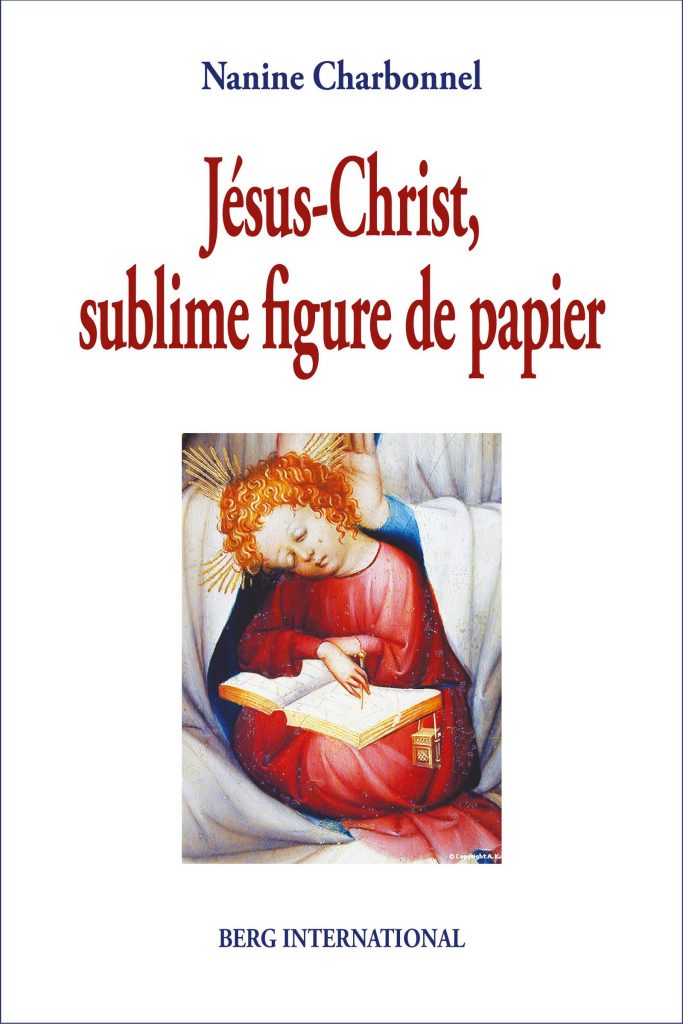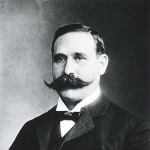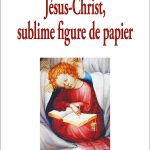Recall that a case can be made that the epistle to the Galatians, for all of the “raw emotion” that we read there where Paul accuses his readers of stupidity and orders them to stop and think whether they received Christ by faith or by works of the law, was not at all written in white heat by an indignant apostle but by a calm and methodical author who was imitating a passage in the book of Jeremiah. See
- Sowing Doubt That an Emotional Paul Authored Galatians
-
Questioning Paul’s Letters. Were they really “occasional”? Or rhetorical fictions?
Well, a funny thing happened to me the other day as I was strolling through Jstor articles made available through the State Library of Queensland: I found another article making the same point, only this time in relation to 1 Corinthians 5-6. The author is Sean M. McDonough, professor of New Testament at Gordon-Conwell Theological Seminary, Massachusetts. The article is “Competent to Judge: The Old Testament Connection Between 1 Corinthians 5 and 6” and was published in The Journal of Theological Studies in 2005.
Before setting out McDonough’s main points I should protect his integrity and warn you that his conclusion is very different from mine. McDonough thinks Paul was so immersed in meditations on the Old Testament writings that he shaped his way of addressing a contingent administrative issue with the Corinthian church by mentally structuring his message as a mirror of a passage in Deuteronomy.
Here is what Paul wrote in 1 Corinthians 5-6. I think you’ll agree that it certainly looks like a genuine instruction from an offended apostle addressed to a very specific church:
5.1 It is actually reported that there is sexual immorality among you, and such sexual immorality as is not even named among the Gentiles—that a man has his father’s wife! 2 And you are puffed up, and have not rather mourned, that he who has done this deed might be taken away from among you. 3 For I indeed, as absent in body but present in spirit, have already judged (as though I were present) him who has so done this deed. 4 In the name of our Lord Jesus Christ, when you are gathered together, along with my spirit, with the power of our Lord Jesus Christ, 5 deliver such a one to Satan for the destruction of the flesh, that his spirit may be saved in the day of the Lord Jesus.
6.1 Your glorying is not good. Do you not know that a little leaven leavens the whole lump? 7 Therefore purge out the old leaven, that you may be a new lump, since you truly are unleavened. For indeed Christ, our Passover, was sacrificed for us. 8 Therefore let us keep the feast, not with old leaven, nor with the leaven of malice and wickedness, but with the unleavened bread of sincerity and truth.
9 I wrote to you in my epistle not to keep company with sexually immoral people. 10 Yet I certainly did not mean with the sexually immoral people of this world, or with the covetous, or extortioners, or idolaters, since then you would need to go out of the world. 11 But now I have written to you not to keep company with anyone named a brother, who is sexually immoral, or covetous, or an idolater, or a reviler, or a drunkard, or an extortioner—not even to eat with such a person.
12 For what have I to do with judging those also who are outside? Do you not judge those who are inside? 13 But those who are outside God judges. Therefore “put away from yourselves the evil person.” [as per many Bible’s with marginal notes Paul is here quoting Deuteronomy 17:7]
Paul concludes by quoting the “cast out” passage (he uses a form of the same word found in the Septuagint) that we find in Deuteronomy’s instruction on how to respond to “abominations” in Israel’s midst — “which is clearly parallel to Paul’s discussion of removing from the church the man living with his mother-in-law.” The passage in Deuteronomy 17 has God telling his people how to respond to “abominations” in their midst.
McDonough acknowledges in an interesting footnote that the larger passage’s similarity to Deuteronomy 17 is not immediately noticeable:
The relevance of Deut. 17:1-6 is obscured in most treatments of I Corinthians 5, probably due to the fact that commentators feel its contents are adequately summarized in 17:7. My thanks to Professor Morna Hooker for emphasizing its significance here. Brian Rosner does note the significance of Deut. 17:2, 3 in his treatment of 1 Corinthians 5; see Rosner, Paul, Scripture, and Ethics: A Study of 1 Corinthians 5-7 (Grand Rapids, MI: Baker, 1994), pp. 65, 69.
Sean McDonough was struck by something when he re-read Deuteronomy following the passage Paul cites (“cast out – exarate, ἐξάρατε -the evil person”), Deuteronomy 17:8 Continue reading “Paul’s Letters as Re-written Scripture”








